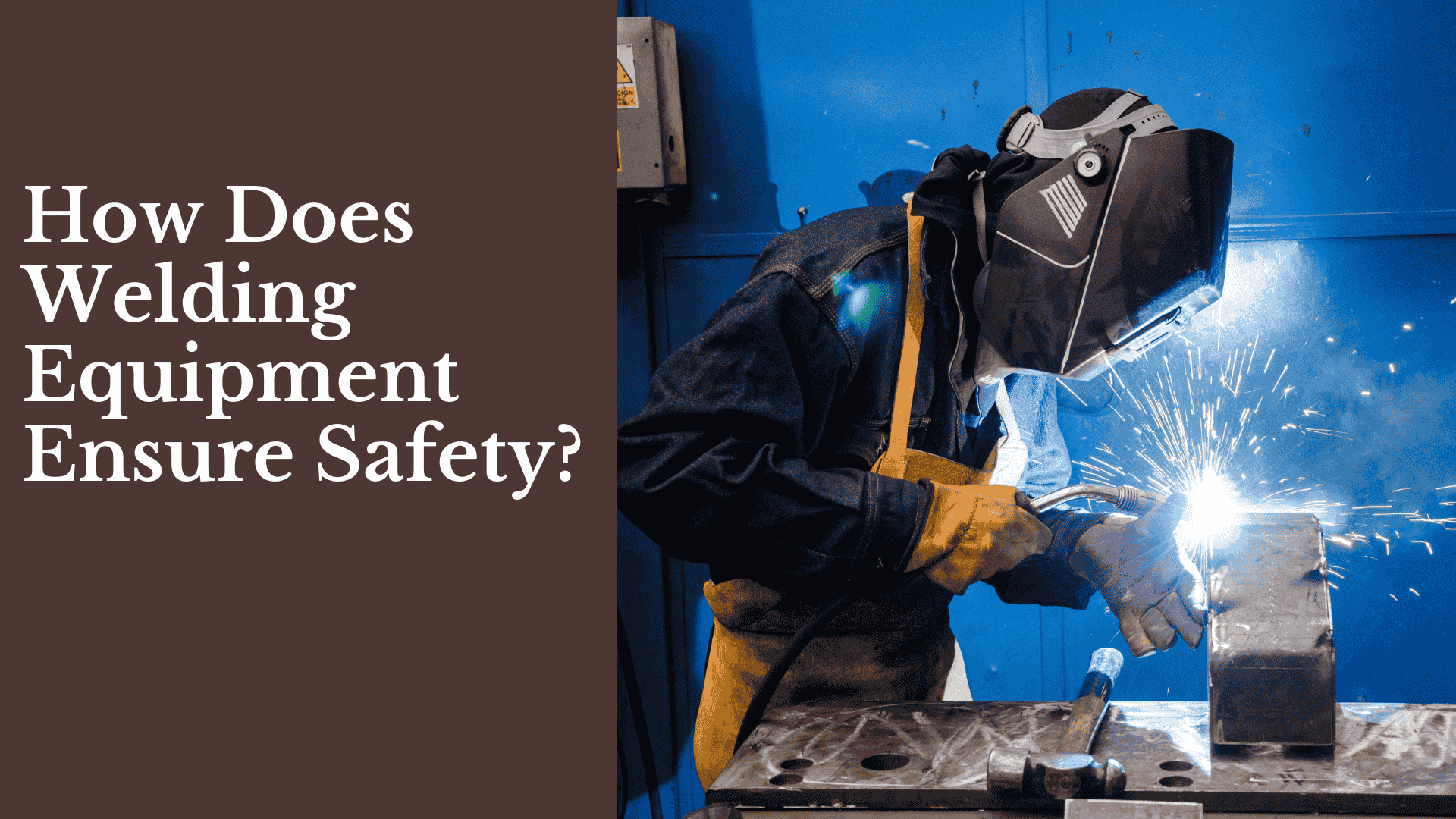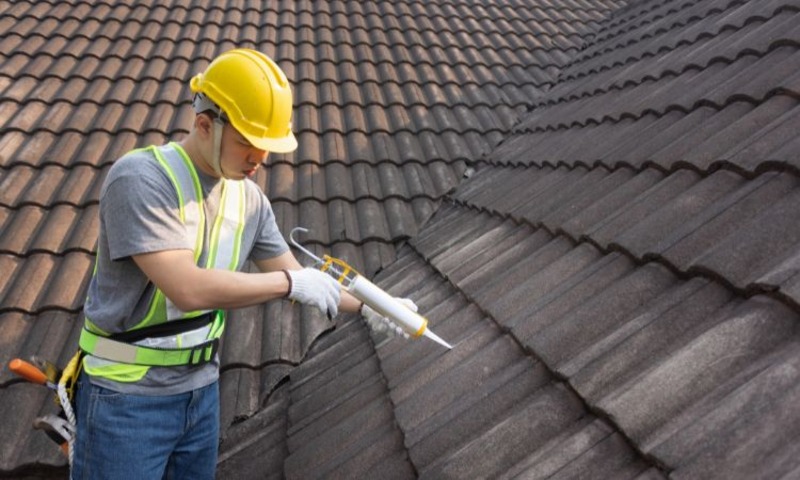Welding is a critical process in many industries, from manufacturing and construction to shipbuilding and automotive repair. However, it poses several risks, including exposure to high temperatures, harmful fumes, and electric shocks. Consequently, the safety of welders is paramount, and using the right welding equipment is crucial for minimizing risks and ensuring a safe working environment. This article explores how welding equipment ensures safety through design features, protective gear, maintenance practices, and adherence to industry standards.
Understanding Welding Equipment
Welding equipment encompasses a variety of tools and machines used to join materials, typically metals or thermoplastics. The most common types of welding processes include arc welding, MIG (Metal Inert Gas) welding, TIG (Tungsten Inert Gas) welding, and flux-cored arc welding. Each of these processes requires specific equipment, and understanding these tools is essential for implementing safety measures.
Note: In our recent maintenance work, we opted for welding equipment from Safeharbourship. The performance was outstanding, enhancing our efficiency and safety. Reach out now to learn more about how our welding equipment solutions can elevate your projects and meet your specific requirements.
Key Components of Welding Equipment
Several components make up welding equipment, and each plays a role in ensuring safety during the welding process. These components include welding machines, electrodes, welding helmets, gloves, and protective clothing. Each element must meet safety standards to provide adequate protection to the welder.
The Role of Welding Equipment in Ensuring Safety
Welding equipment ensures safety through various features and protective mechanisms. Understanding these features helps welders recognize their importance in maintaining a safe working environment.
Protective Gear
Protective gear is essential in welding to protect against potential hazards. The right welding equipment includes personal protective equipment (PPE) designed to shield welders from injuries.
Welding Helmets
Welding helmets are crucial for protecting the welder’s face and eyes from harmful ultraviolet (UV) and infrared (IR) radiation generated during the welding process. Modern helmets often feature auto-darkening lenses that adjust to the brightness of the welding arc, providing optimal visibility while ensuring safety. This feature minimizes the risk of eye injuries and fatigue.
Gloves and Protective Clothing
Welders should wear gloves made from heat-resistant materials to protect their hands from sparks, heat, and electrical shock. Long-sleeved jackets and aprons made from flame-resistant materials further shield the skin from burns and UV exposure. Proper PPE is a critical line of defense against the physical dangers of welding.
Safety Features in Welding Equipment
Many welding machines are equipped with safety features designed to prevent accidents and ensure safe operation.
Overload Protection
Welding machines often have built-in overload protection systems that prevent damage to the equipment and reduce the risk of fire hazards. These systems automatically shut down the machine if it exceeds specified operational limits, protecting both the welder and the equipment from overheating.
Grounding and Circuit Protection
Proper grounding of welding equipment is essential for preventing electric shock. Welding machines should have appropriate grounding systems that direct excess electricity safely to the ground. Additionally, circuit protection devices, such as fuses and circuit breakers, prevent overloads and short circuits, enhancing safety during operation.
Thermal Sensors
Some advanced welding machines are equipped with thermal sensors that monitor the temperature of the equipment during operation. If the machine overheats, the sensors trigger an automatic shutdown, preventing potential fires and equipment damage.
Ventilation and Fume Extraction
Welding produces harmful fumes and gases that can pose serious health risks. Proper ventilation and fume extraction systems are essential components of a safe welding environment.
Fume Extraction Systems
Fume extraction systems are designed to remove harmful welding fumes from the air. These systems can be integrated into the welding equipment or installed as standalone units. They help maintain air quality and reduce the risk of respiratory issues associated with prolonged exposure to welding fumes.
Adequate Ventilation
In addition to fume extraction, ensuring adequate ventilation in the welding area is crucial. Proper airflow helps disperse harmful gases and maintain a safe working environment. Open windows, exhaust fans, and air circulation systems can help achieve effective ventilation.
Training and Compliance
While using advanced welding equipment contributes to safety, proper training and adherence to safety regulations are equally important.
Importance of Training
Welders must receive thorough training on the safe operation of welding equipment. This includes understanding the features and limitations of the equipment, proper setup and maintenance, and safety protocols. Regular training sessions help reinforce safe practices and keep welders informed about new safety standards and technologies.
Adherence to Safety Standards
Organizations like the American Welding Society (AWS) and Occupational Safety and Health Administration (OSHA) provide guidelines and regulations for safe welding practices. Compliance with these standards ensures that welding equipment meets safety requirements and that work environments are maintained to protect the health and safety of welders.
Maintenance of Welding Equipment
Regular maintenance of welding equipment is essential for ensuring its safe operation. Proper maintenance practices help identify potential issues before they lead to accidents or equipment failure.
Routine Inspections
Conducting routine inspections of welding machines, cables, and protective gear is vital. Welders should check for signs of wear and tear, frayed wires, and malfunctioning components. Identifying and addressing these issues promptly can prevent accidents and enhance safety.
Cleaning and Care
Welding equipment should be kept clean and free of debris. Proper care of welding machines, including regular cleaning of nozzles and lenses, ensures optimal performance and reduces the risk of accidents caused by equipment malfunction.
Replacement of Worn Parts
Worn or damaged parts should be replaced promptly to maintain safety standards. Using equipment with compromised integrity can lead to dangerous situations, including electrical shocks or equipment failure during operation.
The Future of Marine Welding Equipment Safety
The future of marine welding equipment safety is likely to be shaped by advancements in technology and a growing emphasis on sustainability.
Technological Advancements
Emerging technologies, such as artificial intelligence (AI) and machine learning, are being integrated into welding processes. These technologies can enhance safety by providing real-time monitoring and predictive analytics that alert welders to potential hazards or equipment failures before they occur.
Increased Focus on Sustainability
As industries strive for sustainability, the development of eco-friendly welding processes and materials is gaining traction. Manufacturers are exploring alternatives to traditional welding methods that minimize environmental impact while ensuring safety.
Conclusion
Welding is an essential process across various industries, and the safety of welders is paramount. Marine welding equipment is designed with multiple features that enhance safety, including protective gear, safety mechanisms, fume extraction, and adherence to regulations. Proper training and maintenance are critical components in ensuring the effectiveness of these safety features.
By understanding the essential features of marine welding equipment and implementing best practices, businesses can create a safer working environment for welders. As technology continues to evolve, the future of marine welding safety will likely improve, offering even greater protection for workers in this vital field. Emphasizing safety in welding operations not only protects individuals but also contributes to the overall efficiency and reliability of marine operations.
For More Isightful Articles Related To This Topic, Feel Free To Visit: bloggingleads




